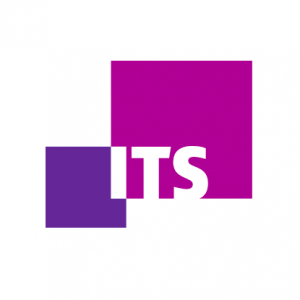Against the Risk of Monopoly, a Global Partnership for the Acquisition of Chips
Researchers met in Italy to discuss diversity in Artificial Intelligence
published in
7 de August de 2024
categories
theme
In 1999, a group of 34 international researchers gathered in Bellagio, Italy, to discuss access to vaccines, which were expensive and inaccessible. They had a revolutionary idea: create a consortium of various countries to aggregate purchasing power and achieve lower prices, larger quantities, and faster delivery. This led to the creation of Gavi (Global Alliance for Vaccines and Immunization), which quickly gained support from the UN and private donors. Today, 50% of the world’s children are vaccinated due to this initiative. During the COVID-19 pandemic, this alliance also played a crucial role.
Fast forward to 2024. Last week, a group of international researchers gathered again in Bellagio to discuss another issue: technodiversity. Ensuring that the development of technology and artificial intelligence (AI) is diverse and inclusive. We are currently experiencing a significant concentration process. Due to AI, the demand for computing has exploded. Today’s AI uses 10 billion times more computing power than in 2010, and this usage doubles every six months.
The problem is that the computational power used for AI is currently controlled by a small group of countries and companies. In other words, all the “intelligence” on the planet could be in the hands of an exclusive club. This could lead to an epistemic disaster, jeopardizing languages, cosmologies, and ways of existing in the present and future. Such concentration limits the existence of diverse AI models built locally.
In other words, the infrastructure needed for AI needs to be better distributed. The more countries, sectors of society, and communities that can participate in AI development, including non-profit purposes, the better. For example, 10 years ago, 60% of AI research was done by the academic sector. Today, that percentage is close to 0%.
This trend needs to change. The solution proposed at the Bellagio meeting was to create an alliance similar to GAVI, but for the acquisition of GPUs (chips) used to train AI. The three pillars for training AI are data, human capital, and chips. The biggest bottleneck, by far, is access to chips. To solve this, countries can come together to aggregate their purchasing power, joining forces with international organizations and donors interested in the cause. Like with vaccines, it would be possible to lower chip prices, ensure their quantity, and speed of delivery.
This would allow the creation of national, regional, and multinational hubs for AI training, capable of fostering diversity. For example, a Portuguese-language AI from Latin America and beyond. It would enable the construction of accessible infrastructure for the academic community and other actors in technology development. This proposal, vocalized by Nathaniel Heller and refined by the Bellagio group, could have a profound impact on the future of technological development.
Brazil can be crucial in forming this alliance, either by acting within the G20 or by including the topic as part of the excellent Brazilian Artificial Intelligence Plan, published last week, which foresees 23 billion in investments over four years. This could be an opportunity for the country to once again become a protagonist in the articulation of the future of technological development. Gone – Thinking that aggregating the purchasing power of Nation States only works in the healthcare area Wired – Working to create a global alliance for the acquisition of technological infrastructure To come – Creation of infrastructure capable of promoting diverse and sovereign AI models
{{ pessoas.pessoaActive.title }}
related content
projects
From a Social Network to a Support Network: Cyber resilience for journalists
Project with online courses, a best-practices manual for newsrooms, and a support network for... Learn More

